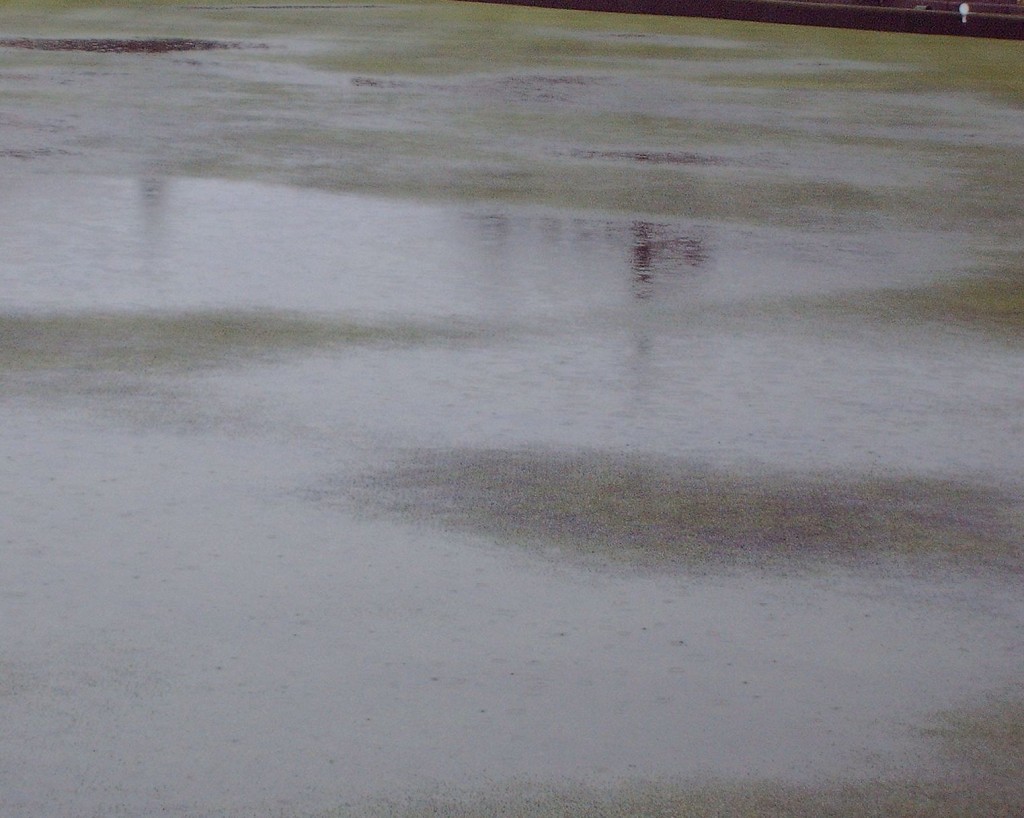I still get incredulous emails and phone calls about my advice to generally stop top-dressing.
In the last 10 years I have only visited one club where I recommended sand top dressing as part of the renovation program and this was due to total neglect and lack of any real maintenance other than cutting and fertilising for a very long time before that. The club in question unfortunately didn’t get as far as implementing the renovation plan and has now been replaced by 4 new family homes!
The top dressing “tradition” has become so ingrained in bowling greenkeeping that it is very difficult for a lot of people to get their heads around it when someone says “don’t do it”.
Here are my top ten reasons not to top dress:
- It makes healthy soil inert and unable to provide plant nutrition
- It encourages thatch build up due to low soil microbe populations
- This saps green speed
- and encourages fungal disease
- It results in Localised Dry Patch (LDP)
- This results in bumpy and uneven surfaces
- It is expensive and unnecessary
- It causes layering and root-break in the turf
- It contributes enormously to the Circle of Decline
- If you keep doing what you’ve always done, don’t be surprised when you keep getting what you’ve always got!
More info on why you shouldn’t be top-dressing here.



